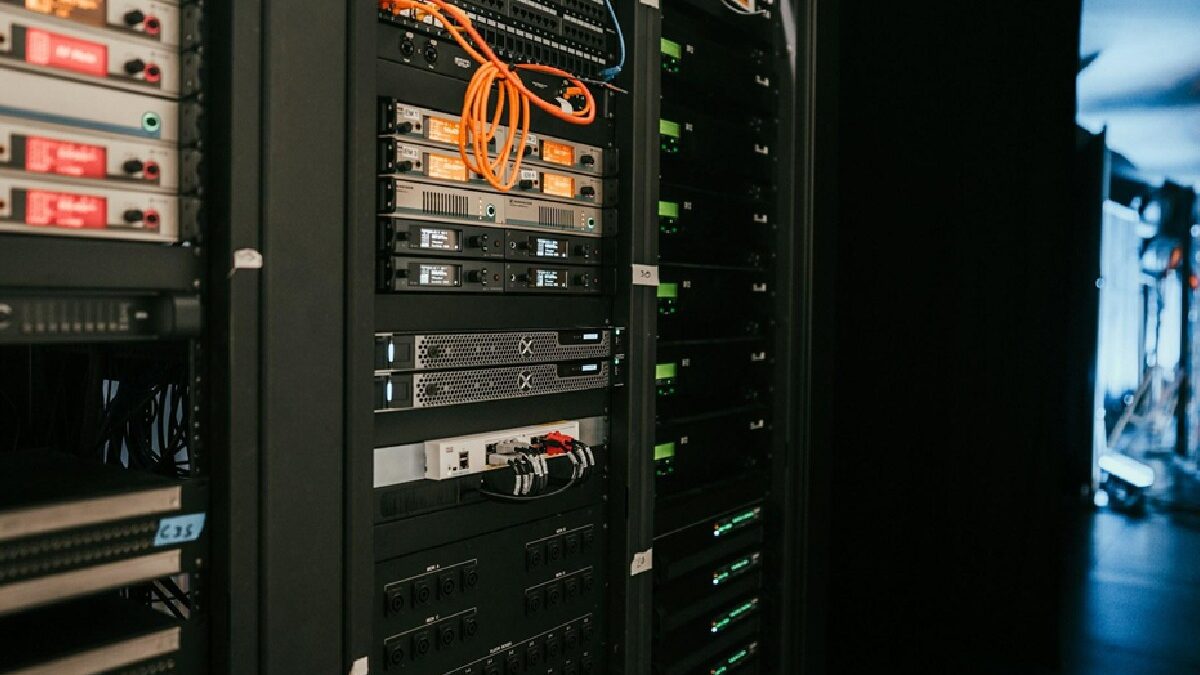Buying a used server can feel like a treasure hunt—there’s gold to be found, but you’ve got to sift through the dirt to get it. Whether you’re setting up a small business network, running a home lab, or just looking to save a few bucks, a pre-owned server can be a smart move. The catch? You’re not popping open a shiny new box with a warranty sticker. That means rolling up your sleeves and testing the hardware yourself to make sure it’s up to snuff.
It’s not rocket science, but it takes a bit of know-how to spot a dud before it lets you down. Here’s a hands-on guide to checking the components of a used server, so you can trust it to hum along when it counts.
Table of Contents
Start with a Solid Foundation
When you’re in the market for a pre-owned machine, quality matters—and that starts with where you buy it. Take used DL580 servers, for example. These high-quality workhorses, often scooped up from reputable distributors, can deliver serious bang for your buck. But even with a solid pedigree, you’re not off the hook. A server’s only as good as its components, and time or heavy use can wear them down.
Before you plug it in, give it a once-over. Check the case for dents or rust, peek inside for dust bunnies or loose cables, and make sure nothing’s obviously fried. A quick visual sets the stage for the real tests.
Power It Up—Carefully
First things first: does it even turn on? Hook up the power supply—double-check the cords and voltage—and hit the button. Listen for the fans, watch for lights, and keep an ear out for weird beeps or grinding noises. If it boots to the BIOS or a startup screen, you’re off to a good start.
No juice? Test the power supply with a multimeter or swap it with a spare if you’ve got one. A dead PSU doesn’t mean the server’s toast, but it’s a red flag to dig deeper. Once it’s alive, you’re ready to poke around the insides.
Check the Heart: CPU and Memory
The CPU and RAM are the server’s brain and short-term memory—mess up here, and nothing else matters. Boot into the BIOS to see if the processor is recognized and running at the right speed.
Look for any error codes while you’re at it. For RAM, pop in a USB with a tool like MemTest86—let it run a few passes to sniff out faulty sticks. You might hear a faint hum or feel a bit of heat from the CPU under load, which is normal, but if it’s screaming hot or crashing, something’s off. Swap components if you can; it’s the quickest way to pinpoint a culprit.
Spin Up the Storage
Hard drives and SSDs are the server’s filing cabinet, and they take a beating over time. Fire up a disk utility—think CrystalDiskInfo or the server’s built-in diagnostics—to check their health. Look for signs of wear like bad sectors or slow read times. If it’s got a RAID setup, test that too—make sure the controller’s playing nice and the array’s intact
Listen for clicks or whirs from mechanical drives; silence is golden, but odd noises spell trouble. If you’ve got spares, run a stress test with some big file transfers to see if they hold up.
Network and Ports: The Lifelines
A server’s no good if it can’t talk to the world. Plug in an Ethernet cable and see if the network card lights up—green’s your friend. Run a ping test or stream some data to check speed and stability.
Don’t skip the other ports either—USB, serial, whatever’s there. Stick in a flash drive or hook up a monitor to make sure they’re not just decorative. If it’s a rack server with remote management, like iLO or IPMI, log in and test that too. A flaky connection can turn a solid machine into a paperweight.
Stress It Out
Everything looks good so far? Time to push it. Load up a stress-testing tool—Prime95 for the CPU, or something like AIDA64 for the whole shebang—and let it cook for a few hours. Watch the temps, listen for fan ramp-ups, and keep an eye on crashes or freezes. This is where weak links show their face—a shaky power supply might flicker, or a dodgy RAM stick could choke. It’s not glamorous, but it’s the best way to know if your used server can handle real work.
Wrap It Up with Confidence
Testing a used server’s hardware isn’t about being paranoid—it’s about being smart. From the power supply to the network card, each piece needs to pull its weight. Take your time, trust your gut, and don’t skip steps. A machine like one of those used DL580 servers from a solid distributor can be a steal, but only if it’s battle-ready. Once you’ve kicked the tires and know it’s sound, you’ve got a reliable rig for whatever you’re cooking up—without the new-server price tag. Plug it in, set it up, and let it roll.


